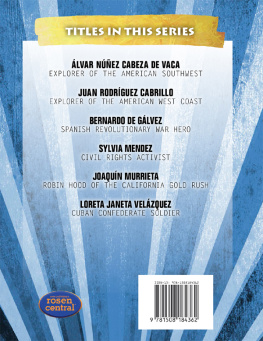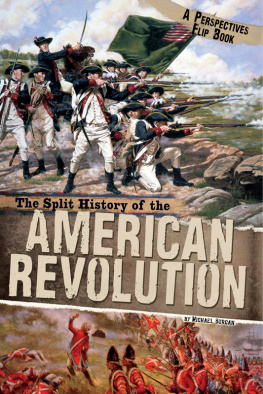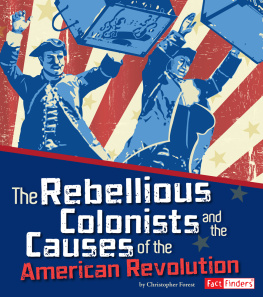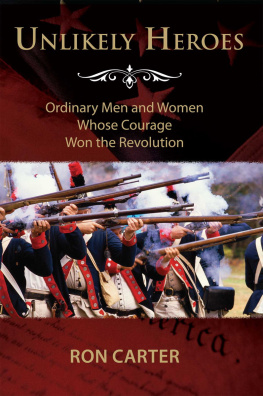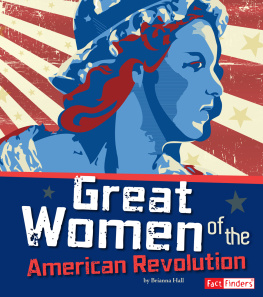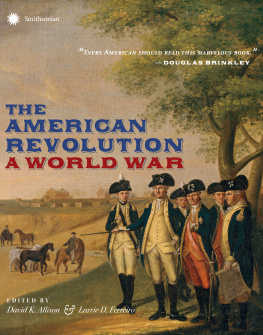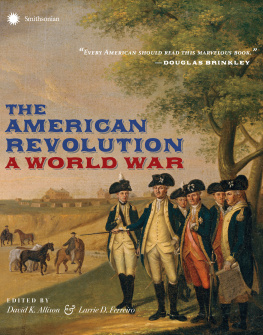
Published in 2020 by The Rosen Publishing Group, Inc.
29 East 21st Street, New York, NY 10010
Copyright 2020 by The Rosen Publishing Group, Inc.
First Edition
All rights reserved. No part of this book may be reproduced in any form without permission in writing from the publisher, except by a reviewer.
Library of Congress Cataloging-in-Publication Data
Names: McIlroy, Michelle, author.
Title: Bernardo de Glvez: Spanish Revolutionary War hero / Michelle McIlroy.
Description: First edition. | New York: Rosen Publishing, 2020. | Series: Our voices: Spanish and Latino figures of American history | Includes bibliographical references and index. | Audience: Grades 58. Identifiers: LCCN 2018006727 | ISBN 9781508184362 (library bound) | ISBN 9781508184355 (pbk.)
Subjects: LCSH: Glvez, Bernardo de, 17461786Juvenile literature. | United StatesHistoryRevolution, 17751783Participation, Spanish Juvenile literature. | GovernorsLouisianaBiographyJuvenile literature. | Mississippi River ValleyHistoryRevolution, 17751783Juvenile literature. | FloridaHistoryRevolution, 17751783Juvenile literature. | LouisianaHistoryRevolution, 17751783Juvenile literature. | Glvez, Bernardo de, 17461786Juvenile literature.
Classification: LCC E269.S63 M43 2019 | DDC 973.3092 [B]dc23
LC record available at https://lccn.loc.gov/2018006727
Manufactured in the United States of America
On the cover: Bernardo de Glvez was a Spanish general who is remembered today as a Revolutionary War hero. Under his leadership, the Spanish forces and their allies were victorious over Britain.
CONTENTS
INTRODUCTION
M orning quiet was pierced by the sound of gunshots on April 19, 1775, when British troops faced American colonial militiamen in Lexington, Massachusetts. With these shots, a long-simmering conflict between Great Britain and American colonists boiled over into war. The American Revolution had begun. However, the real conflict had started long before; war doesnt begin in one day. American colonists were fighting to be heard, and their grievances against British rule started in the 1750s from conflict across the sea.
From 1754 to 1763, there was a war known in Europe as the Seven Years War. This conflict spilled across all reaches of the powerful empires under Great Britain and France. The struggle took place on land as well as on the worlds oceans. Great Britain and France were fighting for territory and global power. The strife affected Europeans in all parts of the world and other peoples in the colonies. In North America, this part of the fight was known as the French and Indian War, named for the British and Iroquois allies against the French military forces and the Huron. The American war centered around the claims of the Ohio and Mississippi River valleys. Both France and Great Britain wanted these lands for the sake of trade with their allies and expansion of territory.
In 1759, in the midst of this global upheaval, Spains King Ferdinand VI died. Ferdinand VI had remained neutral in these conflicts, despite a long rivalry for control of the worlds oceans and ports between Great Britain and Spain during the age of exploration. Spain held a large empire in the New World, and the growing strength of the British Empire during the Seven Years War concerned Spain. Would Great Britain threaten Spains hold on the Americas and across the globe? When Ferdinand VI died, the rule passed to his half-brother Charles III, who was hungry to increase Spains power in the world. In 1761, Spain renewed an old compact with France to provide support for France against Great Britain. With this, Spains lands and wealth were brought into the growing conflict.

Bernardo de Glvez is remembered today for his heroic deeds during the Revolutionary War. His statue can be found in Washington, D.C.
Britain defeated France in 1763. With the Treaty of Paris, France lost most of its territory to Great Britain, while signing the Louisiana Territory over to Spain. Great Britain took Florida from Spain. In addition, King George signed the Proclamation of 1763, stating that American colonists would not be permitted to settle lands west of the Appalachian Mountains, preserving these lands for the Native Americans to use. Colonists living in these areas would be forced to leave. The increased taxes demanded to pay for war, as well as this proclamation, would eventually trigger the American Revolution. At the same time, Spain would need to send powerful leaders into the Louisiana Territory to maintain control of their hard-won landsand would eventually influence the fate of the American colonial struggle for independence. Bernardo de Glvez, it would turn out, was the leader who would turn the tide for American patriots when they faced their own fight for freedom.
CHAPTER ONE
LIFE OF A LEADER
B ernardo de Glvez was born July 23, 1746, in Macharaviaya, a village in the mountainous southern region of Mlaga, Spain. Though his family wasnt royal, they were influential political figures in both Macharaviaya and beyond, with influence reaching all the way to New Spain in the Americas. His parents were Matas and Josepha Madrid y Gallardo de Glvez. Like his father, Bernardo attended a military science school named Academia de vila. After his education at the academy, Bernardo de Glvez went on to serve in Spains royal army.

Bernardo de Glvez was born in Mlaga, Spain. The Mlaga region is a mountainous area found on the northern Mediterranean coast.
EARLY MILITARY CAREER
In 1762, when Bernardo de Glvez was only sixteen years old, Spain invaded neighboring country Portugal as part of the Spanish royal pact with France to support their efforts in the Seven Years War. This was Glvezs first experience in military action, and it started his career as a lieutenant in the Spanish army. His work as lieutenant led to a promotion to captain of the Regiment of La Corua.
Spain was growing an empire in the Americas. In 1765, Glvez traveled to Spains lands, in what is now Mexico, on military duty. He was part of an inspection alongside his uncle, Jos de Glvez Gallardo. From there, he was given the responsibility of commanding troops in the northern frontier of New Spain. The borderlands of Sonora and Nueva Vizcaya were struggling from attacks by the Apache in that area. In 1769, Glvez once again saw military action while trying to suppress these Apache attacks. While fighting along the Pecos and Gila Rivers, Glvez was wounded two times. The Paso de Glvez, on the Pecos River, is now named after Glvezs crossing, where he led his troops to victory against the Apache.
After stabilizing the Sonora and Nueva Vizcaya region, Glvez returned to Spain. He requested an assignment in France with the Regiment of Cantabria. With military and political ties between Spain and France, Glvez decided to further his military training where he could also learn the French language and culture. This experience would be important to his future career in North America. After three years with this regiment in France, he returned to Spain and was posted to the Regiment of Seville. Just as revolution was erupting in North America, Charles III launched an invasion of the port city Algiers, in northern Africa, in hopes of punishing pirate activity that had stemmed from that area against Spain for years. Charles III needed to show the world Spains military might as the unrest in the Americas grew. Instead of the brilliant success King Charles III hoped for, it was a disaster resulting in many losses for Spains military. Glvez survived but returned to Spain,seriously wounded from the failed invasion. He was promoted to lieutenant-colonel and spent time as a teacher in his former school, Academia de vila during his recovery.

